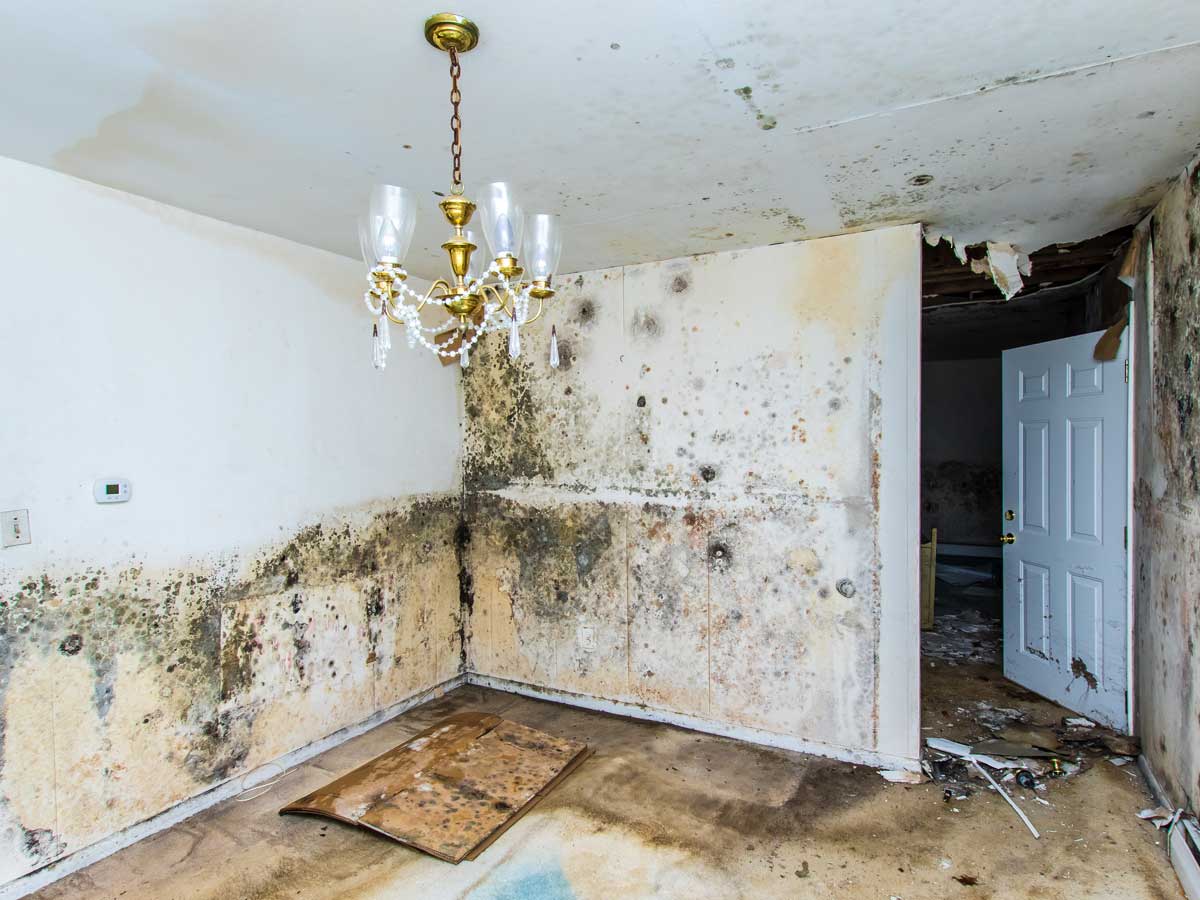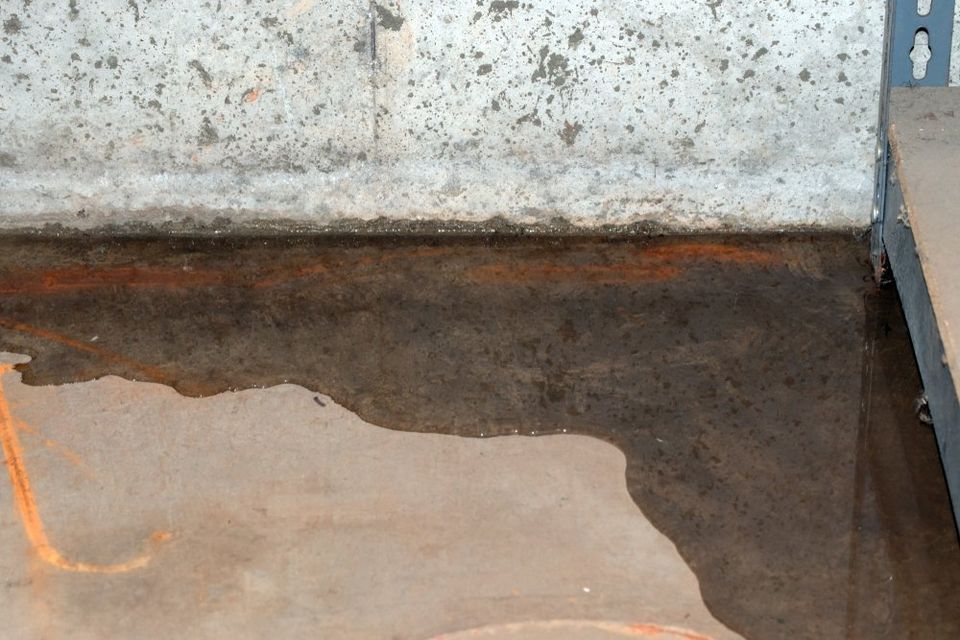Do's & Don'ts of Water Damage.
Do's & Don'ts of Water Damage.
Blog Article
They are making several good points on Reducing Your Risk Of Water And Fire Damage At Home overall in this post following next.

Though water gives life, water intrusion on parts where it's not expected to be can lead to damages. If the water soaks into your structure, it can peel off away surface areas as well as erode the foundation. Mold and mildew as well as mold also prosper in a damp environment, which can be hazardous for your wellness. Homes with water damage odor old and also stuffy.
Water can come from several resources such as tropical cyclones, floods, ruptured pipelines, leaks, as well as drain problems. In case you experience water damage, it would certainly be excellent to know some safety precautions. Right here are a couple of guidelines on exactly how to handle water damages.
Do Prioritize Home Insurance Coverage Protection
Water damages from flooding as a result of heavy winds is seasonal. You can also experience an unexpected flood when a faulty pipeline instantly breaks right into your residence. It would certainly be best to have residence insurance that covers both acts of God such as natural tragedies, and also emergency situations like damaged plumbing.
Don't Fail To Remember to Switch Off Energies
In the event of a disaster, especially if you live in a flood-prone location, it would be suggested to shut off the primary electrical circuit. This removes power to your entire residence, avoiding electrical shocks when water can be found in as it is a conductor. Furthermore, do not forget to turn off the main water line valve. Furnishings will move around and trigger damages when floodwaters are high. Having the major valve shut off prevents more damages.
Do Stay Proactive and also Heed Weather Condition Signals
Tornado floods can be extremely uncertain. If there is a background of flooding in your community, stay prepared as well as positive. Pay attention to evacuation cautions if you live near a river, lake, or creek . Get valuables from the ground floor and cellar, after that placed them on the highest feasible level. Doing so lowers prospective home damages.
Do Not Neglect the Roof
Before the weather condition transforms frightful, make certain you have a roof evaluation. It would be prudent to get this service each year as it can mitigate intricate concerns. You can prevent rainfall damages if there are no holes and also leaks in your roof covering. Your roofing contractor will certainly likewise deal with damaged seamless gutters or any other indications of weakening. This will certainly prevent water from flowing down your walls as well as soaking your ceiling.
Do Focus On Small Leaks
A ruptured pipeline does not happen over night. Generally, there are warnings that suggest you have weakened pipelines in your home. You may see gurgling paint, peeling wallpaper, water touches, water spots, or dripping sounds behind the wall surfaces. Ultimately, this pipeline will certainly break. Preferably, you need to not wait for things to escalate. Have your plumbing repaired before it results in large damage.
Don't Panic in Case of a Burst Pipe
When it comes to water damage, timing is essential. Therefore, if a pipeline bursts in your home, right away closed off your primary water valve to cut off the resource. Call a credible water damage reconstruction specialist for assistance.
Water gives life, water breach on parts where it's not supposed to be can result in damages. Homes with water damages scent old as well as musty.
Water damage from flooding charges to heavy winds is seasonal. You may see bubbling paint, peeling off wallpaper, water touches, water stains, or dripping audios behind the wall surfaces. When it comes to water damages, timing is key.
Some Do's & Don't When Dealing with a Water Damage
DO:
Make sure the water source has been eliminated. Contact a plumber if needed. Turn off circuit breakers supplying electricity to wet areas and unplug any electronics that are on wet carpet or surfaces Remove small furniture items Remove as much excess water as possible by mopping or blotting; Use WHITE towels to blot wet carpeting Wipe water from wooden furniture after removing anything on it Remove and prop up wet upholstery cushions for even drying (check for any bleeding) Pin up curtains or furniture skirts if needed Place aluminum foil, saucers or wood blocks between furniture legs and wet carpet Turn on air conditioning for maximum drying in winter and open windows in the summer Open any drawers and cabinets affected for complete drying but do not force them open Remove any valuable art objects or paintings to a safe, dry place Open any suitcases or luggage that may have been affected to dry, preferably in sunlight Hang any fur or leather goods to dry at room temperature Punch small holes in sagging ceilings to relieve trapped water (don't forget to place pans beneath!); however, if the ceiling is sagging extremely low, stay out of the room and we'll take care of it DO NOT:
Leave wet fabrics in place; dry them as soon as possible Leave books, magazines or any other colored items on wet carpets or floor Use your household vacuum to remove water Use TV's or other electronics/appliances while standing on wet carpets or floors; especially not on wet concrete floors Turn on ceiling fixtures if the ceiling is wet Turn your heat up, unless instructed otherwise

We were shown that article about Reducing Your Risk Of Water And Fire Damage At Home from a good friend on a different site. Loved our blog posting? Please share it. Help others find it. I enjoy reading our article about Safety Tips To Prevent Fire And Water Damage.
Report this page